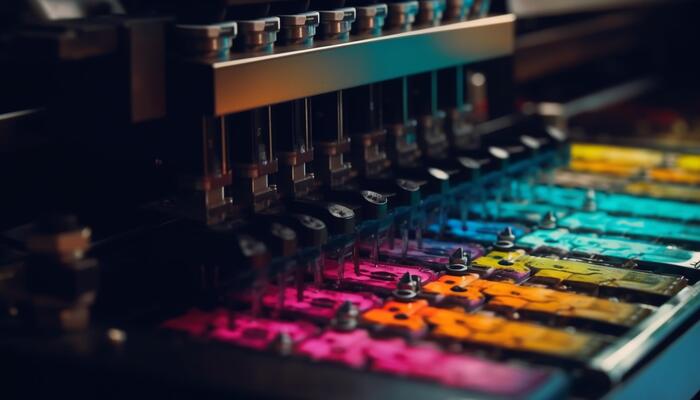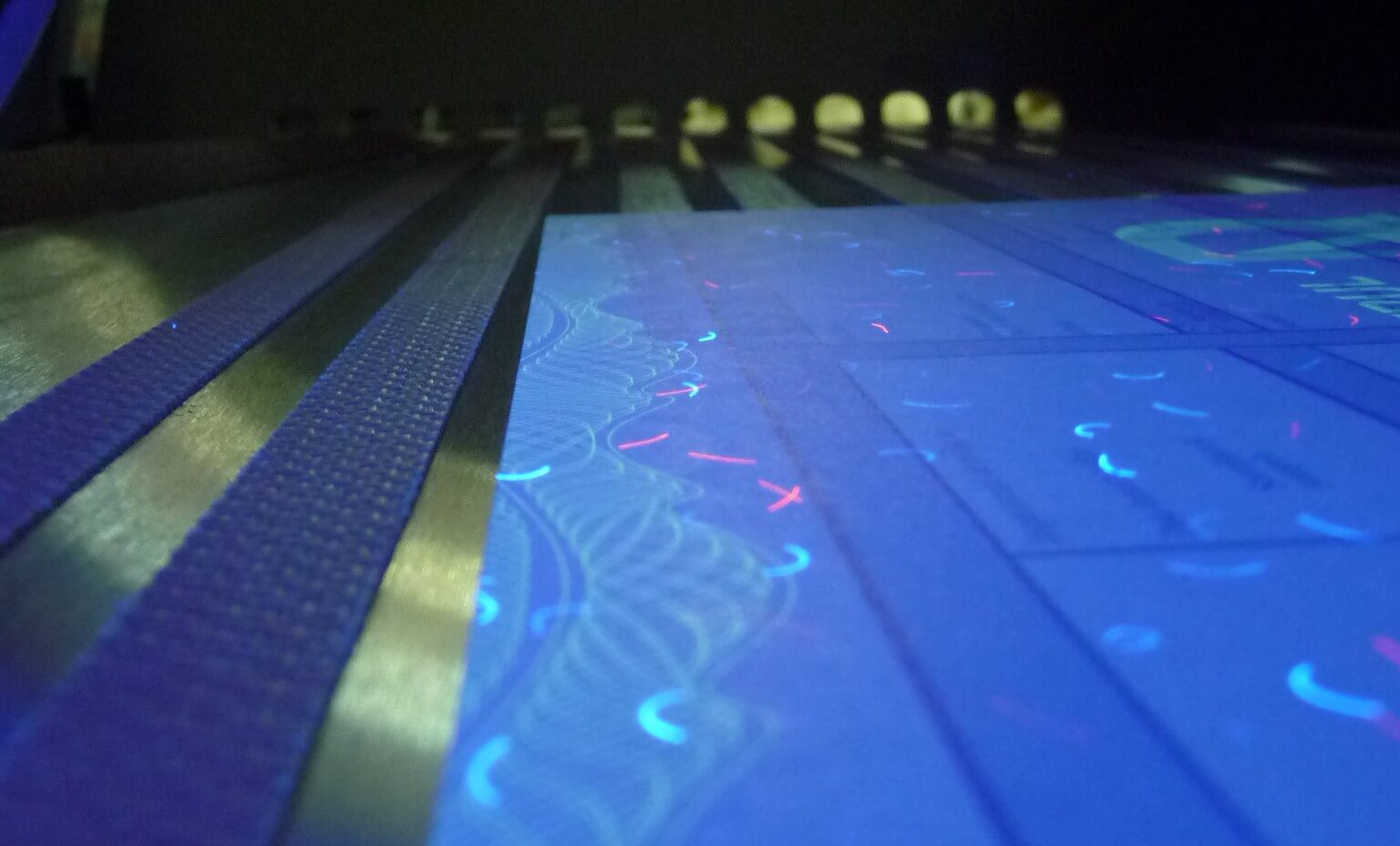In the vibrant world of children’s literature, the visual appeal of a book can significantly impact a child’s reading experience. This is where offset printing for children’s books comes into play, offering a unique blend of quality and creativity that captivates young readers. By understanding the nuances of this printing technique, publishers can enhance their books’ appeal and durability.

What is Offset Printing?
Offset printing is a widely used printing technique that involves transferring an inked image from a plate to a rubber blanket and then onto the printing surface. This method is particularly popular for producing high-quality images and text, making it an ideal choice for children’s books, which often rely heavily on colorful illustrations.
Benefits of Offset Printing for Children’s Books
Vibrant Colors and High-Quality Images
One of the standout benefits of offset printing is its ability to produce vibrant colors and high-resolution images. This is crucial for children’s books, where visual elements play a significant role in storytelling. The precision of offset printing ensures that each page bursts with color, capturing the attention of young readers.
Cost-Effective for Large Runs
For publishers looking to produce large quantities of books, offset printing offers a cost-effective solution. The initial setup costs are offset by the low cost per unit, making it an economical choice for large print runs. This is particularly beneficial for popular children’s books that require mass production.
Consistent Quality
Consistency is key in book production, and offset printing delivers just that. The technique ensures that every copy of a book maintains the same high quality, from the first print to the last. This consistency is essential in maintaining a publisher’s reputation and meeting consumer expectations.
Offset Printing Process for Children’s Books
Pre-Press Preparation
The process begins with pre-press preparation, where digital files of the book’s content are created. These files are used to create printing plates, one for each color used in the printing process. This stage is crucial in ensuring the accuracy and quality of the final product.
Printing
Once the plates are ready, the printing process begins. The plates transfer the ink onto rubber blankets, which then apply the ink to the paper. This indirect method of printing ensures that the delicate paper used in children’s books is not damaged, and it allows for sharp, clear images and text.
Finishing Touches
After printing, the books undergo various finishing processes, such as folding, binding, and trimming. These steps are crucial in giving the book its final appearance and ensuring it is durable enough to withstand the hands of enthusiastic young readers.
Choosing the Right Materials
Paper Selection
The choice of paper is critical in offset printing for children’s books. The paper must be thick enough to prevent ink from bleeding through and durable enough to withstand frequent handling. Glossy paper is often chosen for its ability to enhance the vibrancy of colors and make illustrations pop.
Ink Types
The type of ink used can also impact the quality of the final product. Soy-based inks are a popular choice for environmentally conscious publishers, as they are both high-quality and eco-friendly. These inks ensure that the colors remain bright and vibrant, even after repeated readings.
Environmental Considerations
In today’s world, environmental considerations are more important than ever. Offset printing offers several eco-friendly benefits, such as the use of soy-based inks and recyclable paper. Publishers can further enhance their green credentials by choosing a printer that uses sustainable practices.
The Future of Offset Printing in Children’s Literature
As technology continues to advance, the future of offset printing for children’s books looks promising. Innovations in printing techniques and materials will likely lead to even higher quality products. Additionally, the demand for eco-friendly printing options is expected to grow, pushing more publishers towards sustainable practices.
Conclusion
Offset printing for children’s books offers a perfect blend of quality, cost-effectiveness, and environmental friendliness. By choosing this method, publishers can produce visually stunning books that captivate young readers and stand the test of time. For more information on the advantages of offset printing, you can visit this resource and explore its various applications in the publishing industry.

FAQ Section
What is the main advantage of offset printing for children’s books?
The main advantage is the ability to produce vibrant colors and high-quality images, which are essential for capturing a child’s attention.
Is offset printing environmentally friendly?
Yes, offset printing can be environmentally friendly, especially when using soy-based inks and recyclable paper.
Can offset printing handle large print runs?
Absolutely, offset printing is cost-effective for large print runs, making it ideal for popular children’s books that require mass production.
This article contains affiliate links. We may earn a commission at no extra cost to you.







